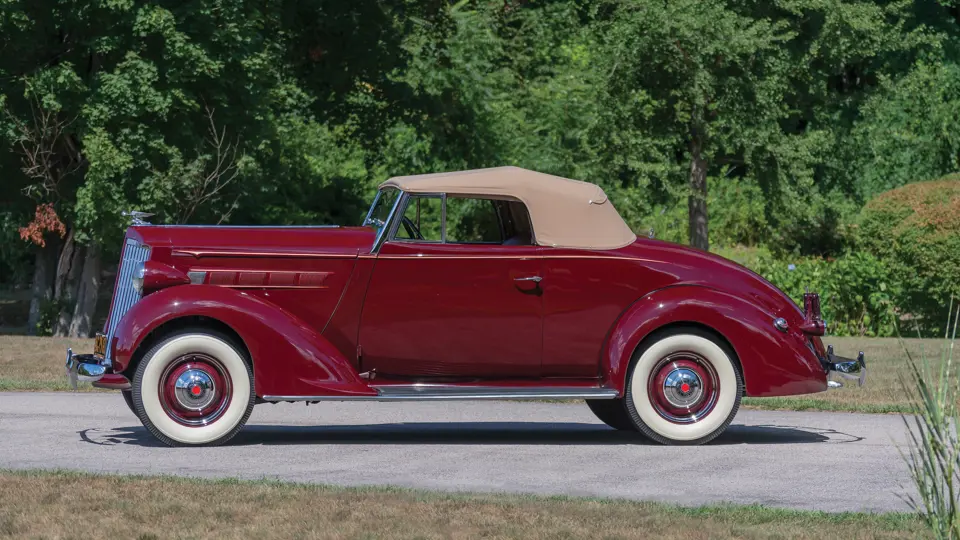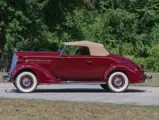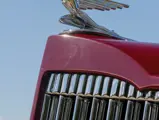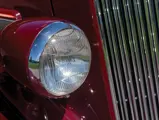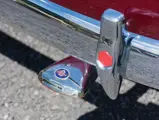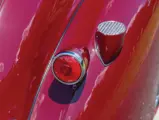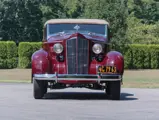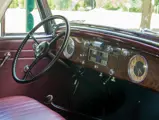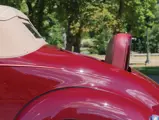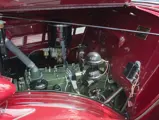Series 115-C. 100 bhp, 237 cu. in. L-head inline six-cylinder engine, three-speed selective-shift manual transmission, independent front coil-spring and semi-elliptical leaf-spring suspension, and four-wheel hydraulic drum brakes. Wheelbase: 115 in.
Packard’s Fifteenth Series was introduced on September 3, 1936, with an incredible 50 models available for 1937. With the success of its affordable eight-cylinder One Twenty, Packard elected to move even further into mid-priced territory with the introduction of the Six, priced just $100 higher than the top models from Ford, Chevrolet, and Plymouth. Now the company’s dealers could offer automobiles in nearly every price class, and the market responded accordingly, as this year Packard produced a record 109,518 cars, a number that the company had never attained before nor would ever achieve again. Ninety percent of those sales were concentrated within the Six and One Twenty model lines, advertised as “finer cars at lower prices.”
The new Six was a scaled-down version of a larger Packard, with a new engine design that was essentially a miniaturized version of the One Twenty’s eight-cylinder block, less two cylinders. Producing 100 brake horsepower at 3,500 rpm and good for a top speed between 90 and 100 mph, it was a bona fide Packard with all the elite amenities of superb quality, comfort, handling, and silence that buyers had come to expect.
The rare convertible coupe offered here crucially has its original serial number tag on the firewall, confirming that it was born with this body style. It also notes that the car was first delivered by Passaro Brothers, of Brooklyn, New York, on May 7, 1937.
The car was formerly owned for many years by the late Jim Hearn, of Napa, California, a collector who owned and restored many Brass Era automobiles. This was Mr. Hearn’s sole 1930s automobile in his collection, and one might say that he chose wisely. He began its restoration in 1990 and completed the work in 1996, but he did not get to drive the car much before he was struck ill. As the current owner recounts, “It was a nut and bolt restoration, with every single piece of the car done to a very high standard.”
Today, the work continues to present very well in a very attractive dark red, with a beautiful matching leather interior surrounded by correct wood-graining and Bakelite trim. Under the hood is clean and attractive, as well presented as the rest of the car. Devoid of many extraneous options and accessories, it shows off the Six Convertible Coupe’s trim, sporting lines to their best advantage, and it would be ideal for either the AACA show field or a spirited drive.


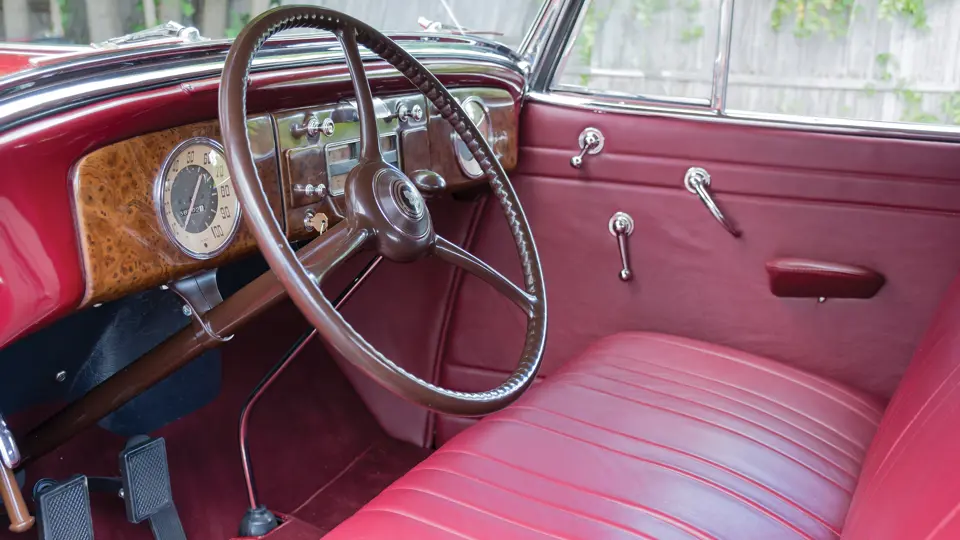

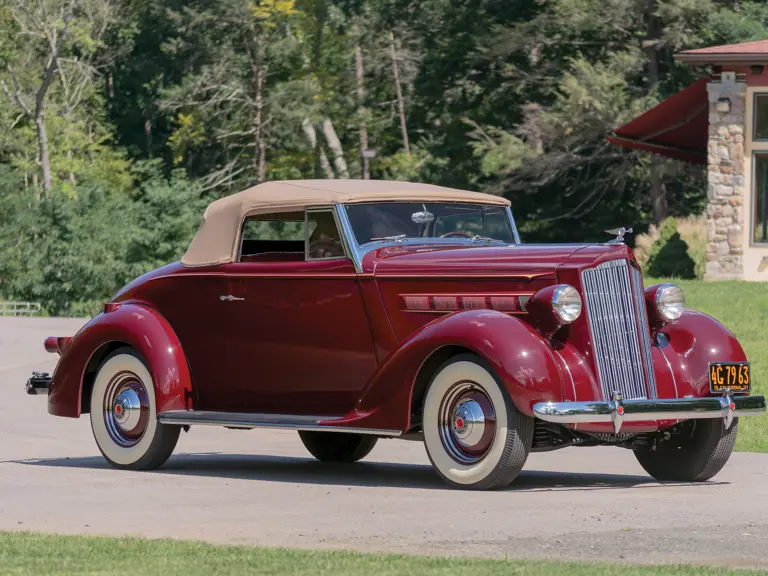
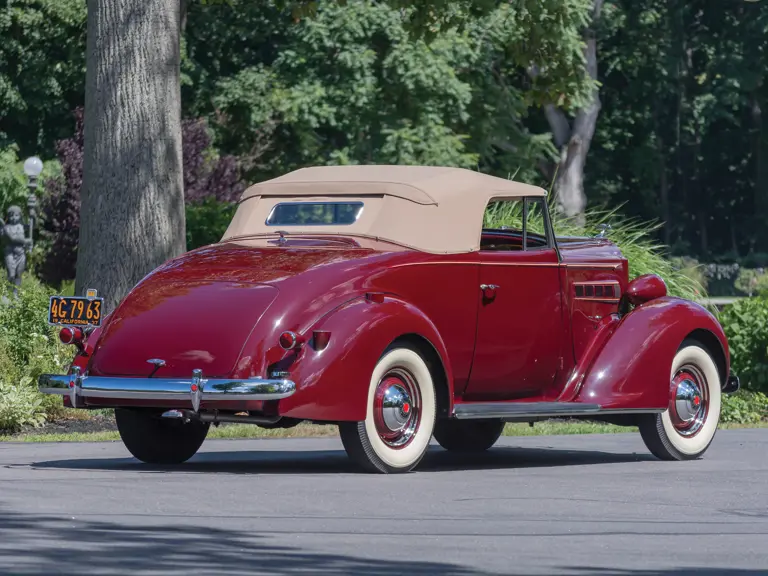

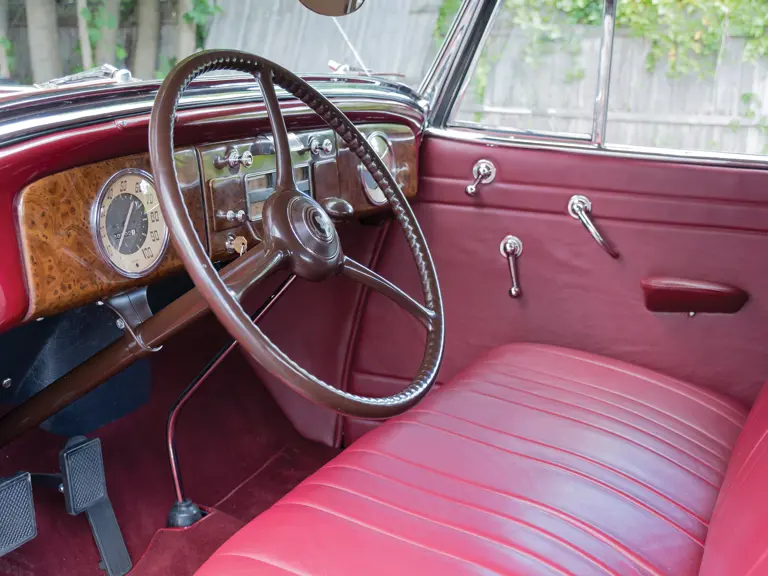
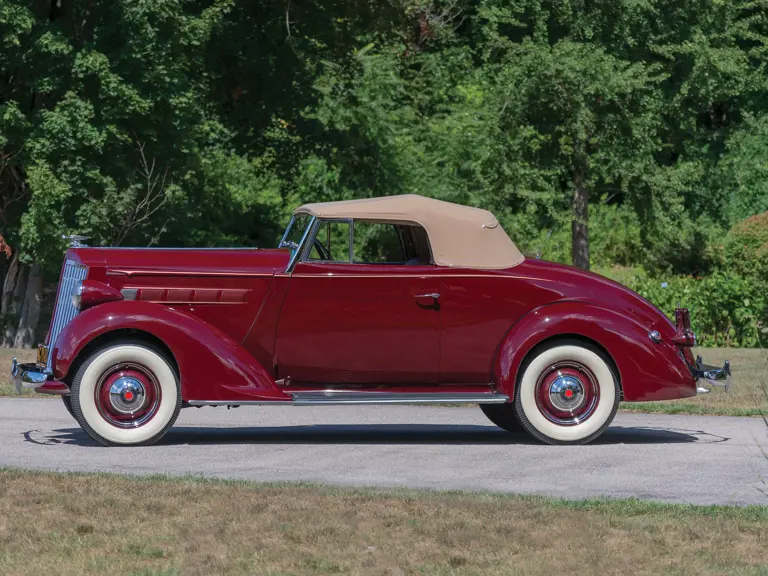
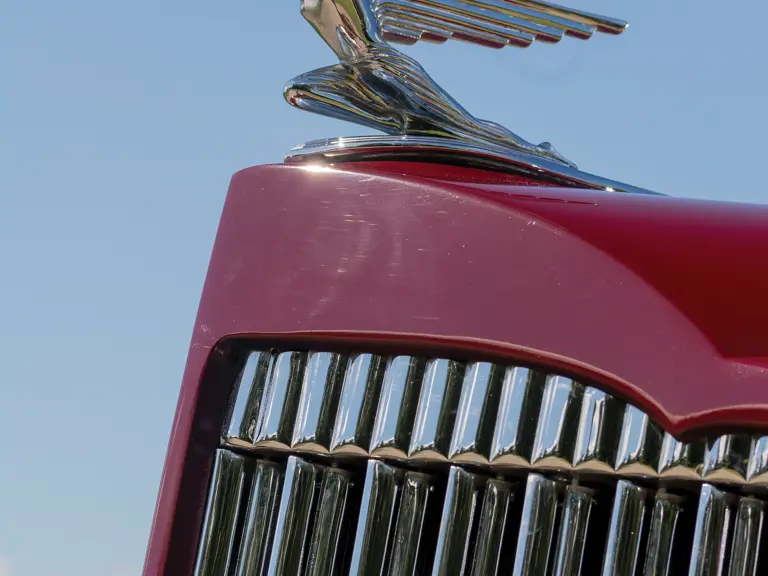

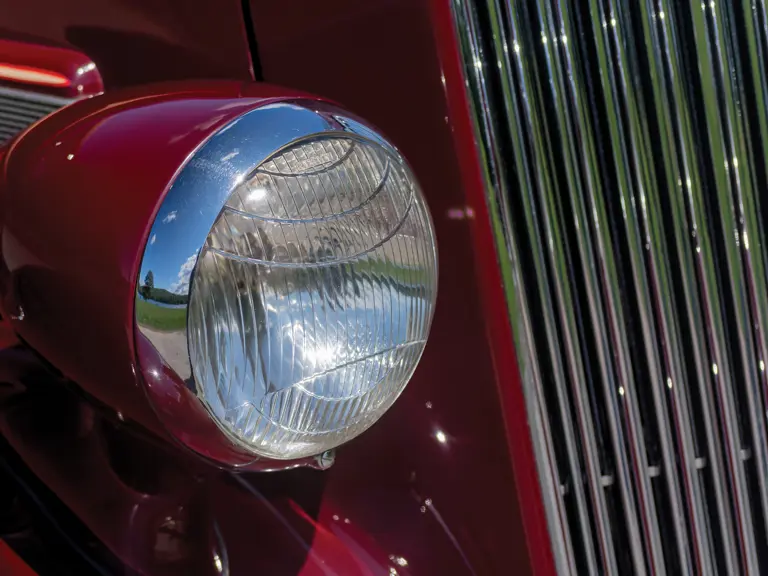

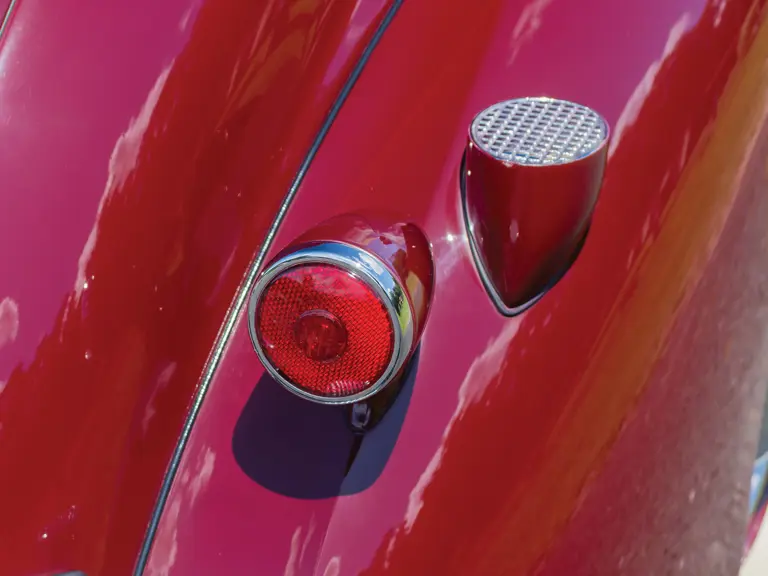
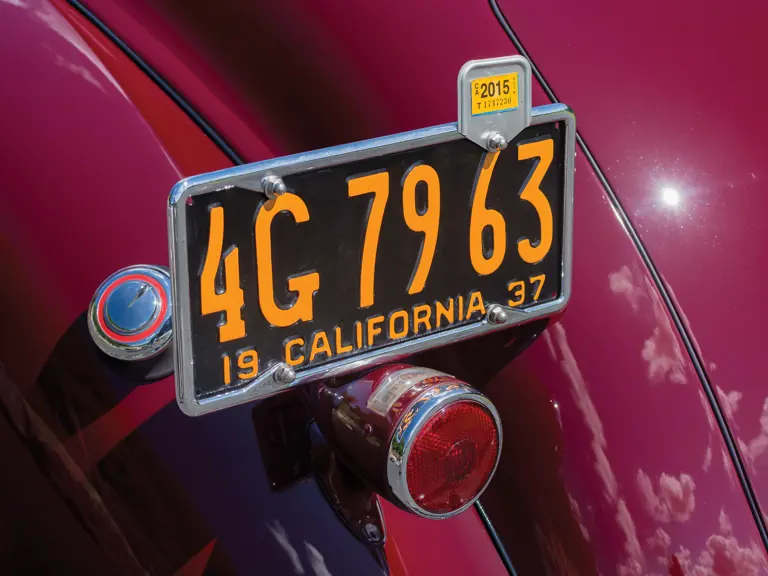
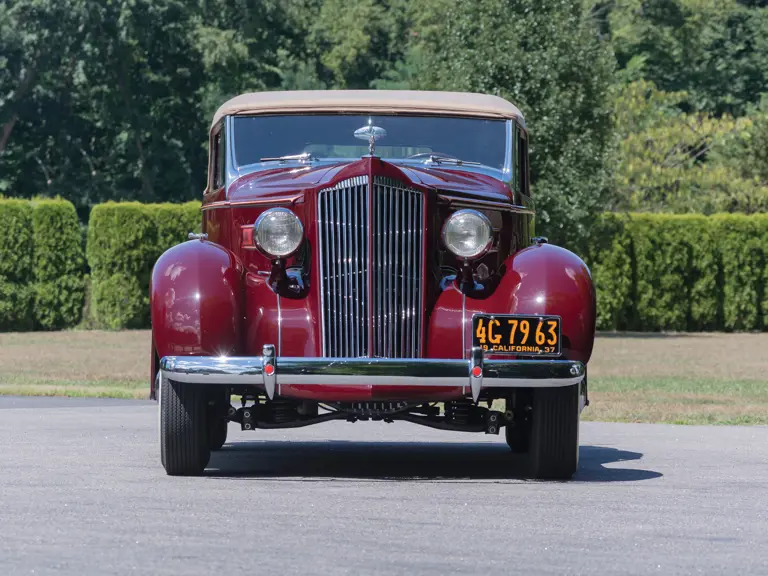


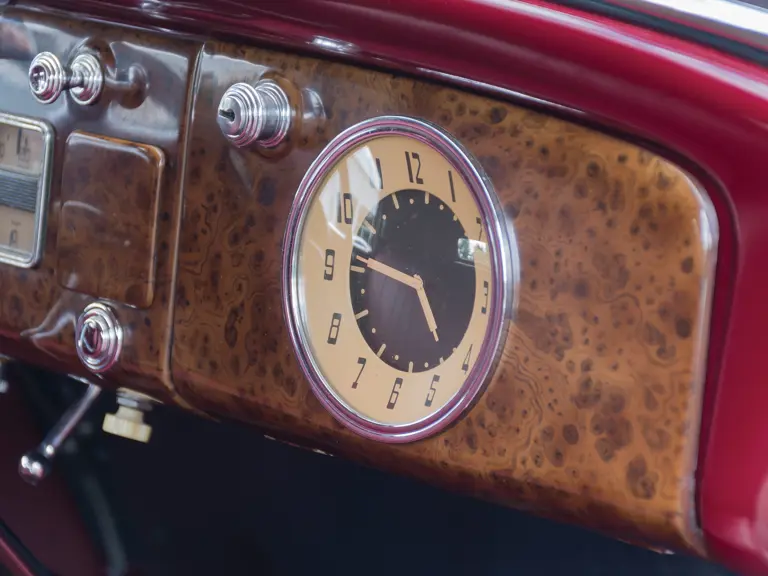

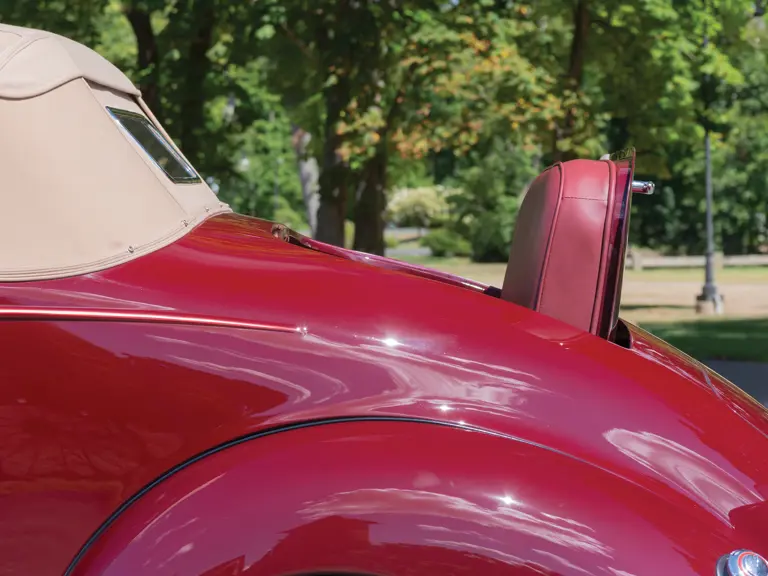
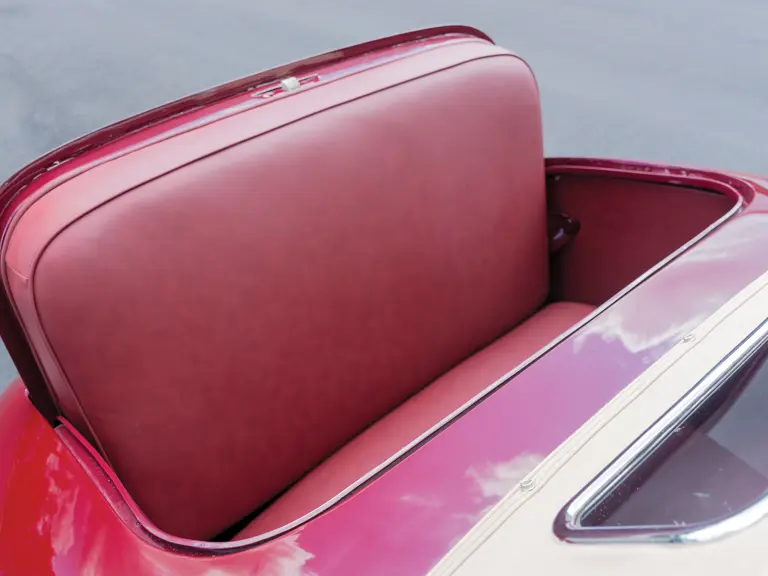

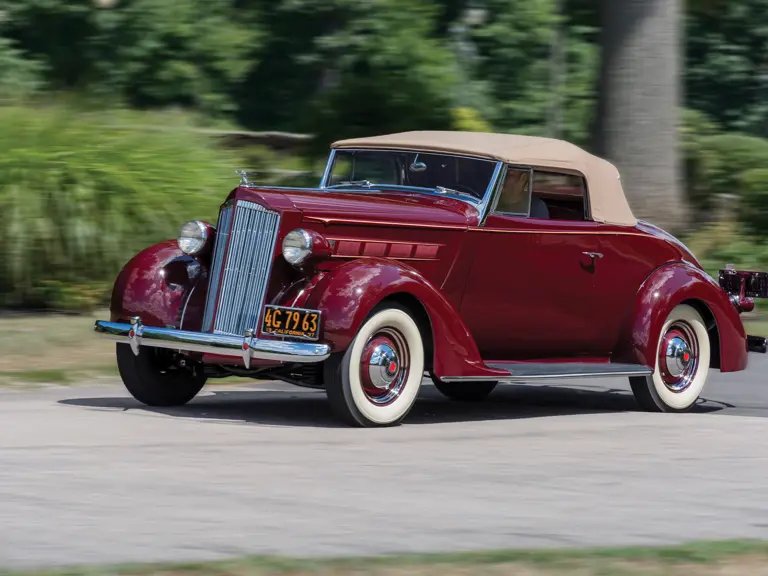
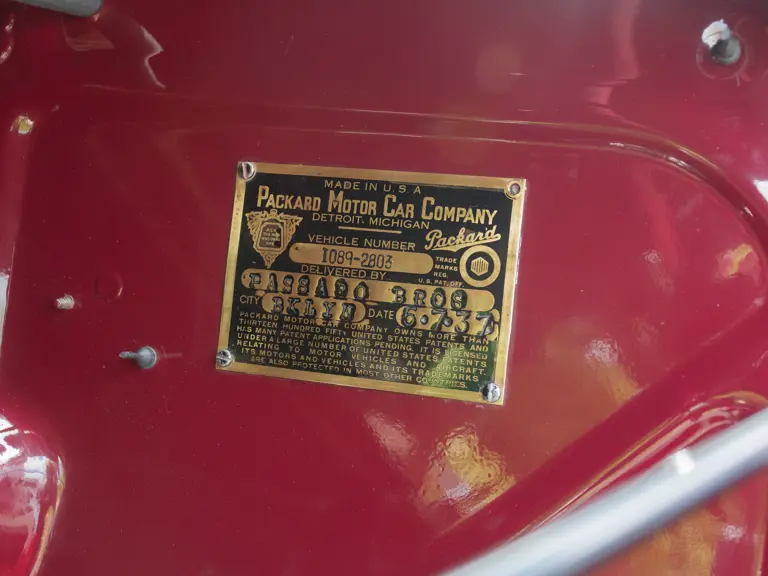
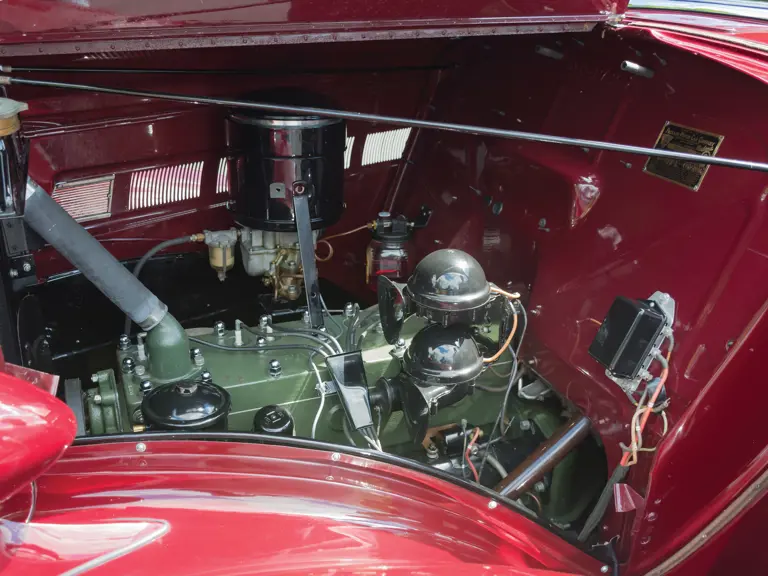
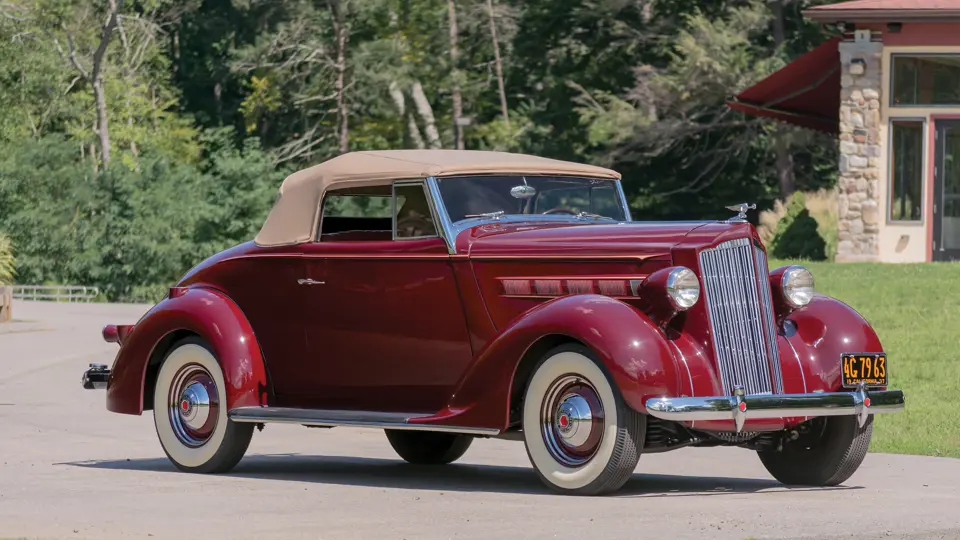
 | Hershey, Pennsylvania
| Hershey, Pennsylvania
